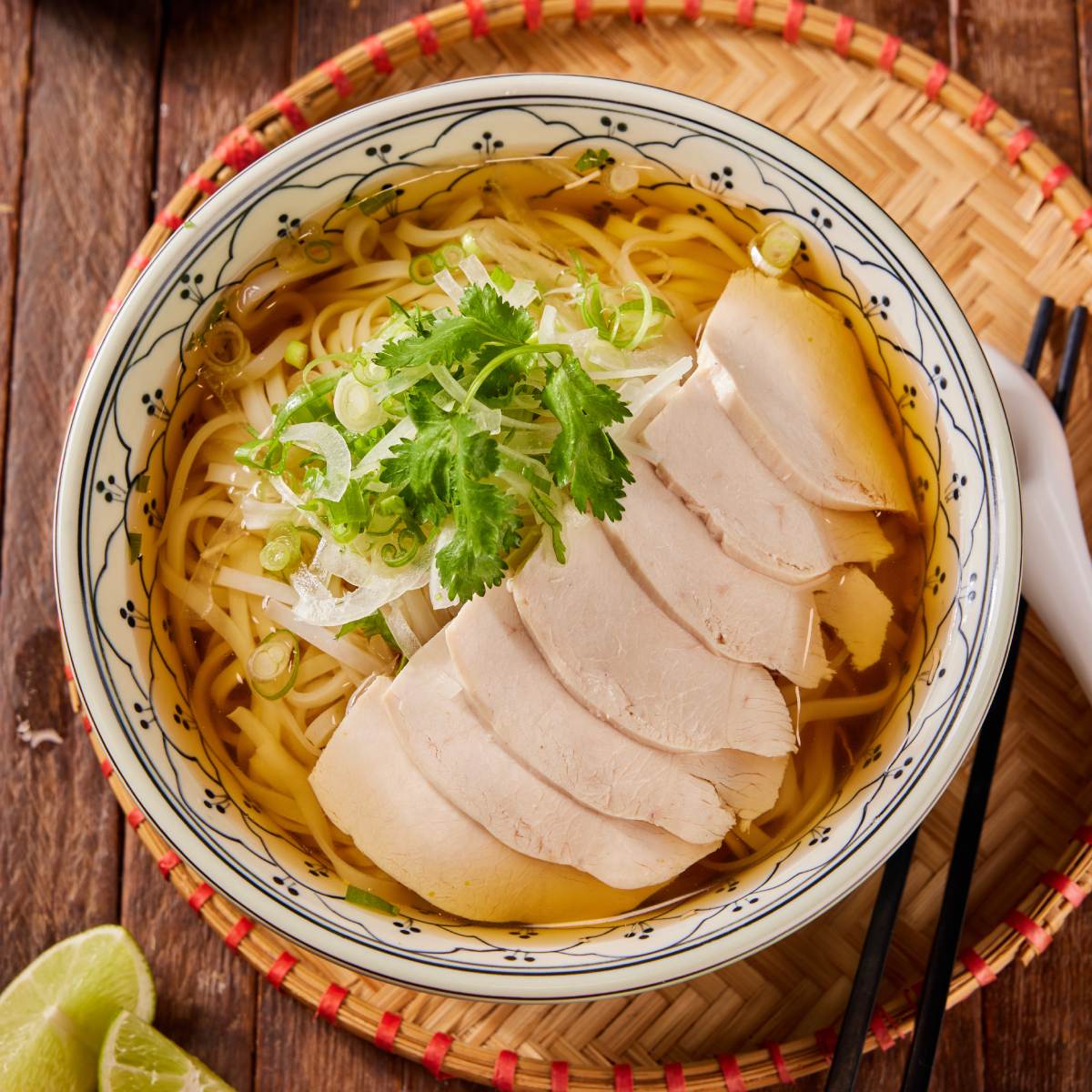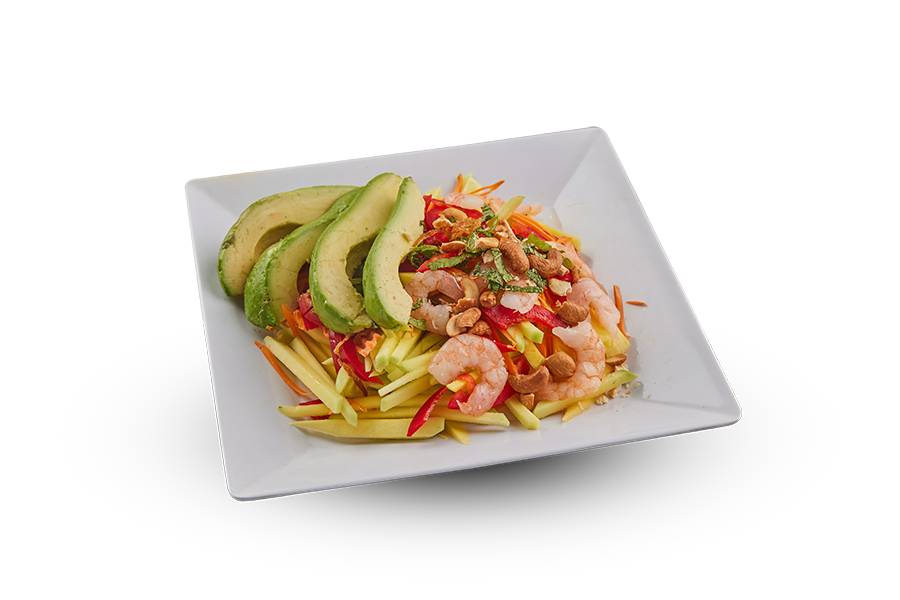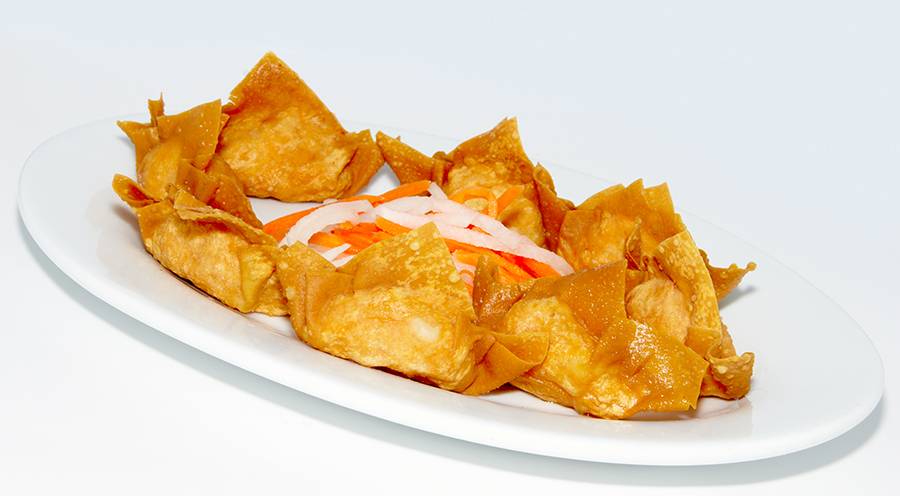History and Significance
Hoisin sauce has a long history rooted in Chinese cuisine, from where it eventually became a Vietnamese culinary tradition. The word "hoisin" is derived from the Cantonese word for "seafood," though the sauce typically contains no seafood. In Vietnamese cuisine, hoisin sauce is known as "Tương Đen," which translates to "black sauce." It is cherished for its ability to add depth and complexity to various dishes.
Ingredients
The key to making authentic hoisin sauce lies in using high-quality ingredients. Here are the essential components:
- Fermented Soybeans: This primary ingredient provides the characteristic umami flavour.
- Garlic: Adds a spicy and aromatic quality to the sauce.
- Sugar: Balances the savoury elements with a hint of sweetness.
- Salt: Enhances the overall flavour.
- Sesame Oil: Contributes a nutty richness.
- Vinegar: Adds a subtle tanginess.
- Five-Spice Powder: A blend of spices that gives hoisin sauce its distinctive taste.
- Chili Peppers: For those who enjoy a bit of heat, chilli peppers can be added to taste.
Step-by-Step Instructions
Step 1: Prepare the Ingredients
Before you begin making the hoisin sauce, gather and measure all the ingredients:
- 1/2 cup fermented soybeans (or 1/2 cup of black bean paste)
- Two cloves of garlic, minced
- 1/4 cup sugar
- Two tablespoons salt
- Two tablespoons of sesame oil
- Two tablespoons of rice vinegar
- One teaspoon five-spice powder
- Optional: 1-2 small chilli peppers, finely chopped
Step 2: Blend the Base
- Fermented Soybeans: If you use whole fermented soybeans, mix them into a paste. You can use a mortar and pestle or a food processor for this task.
- Garlic: Mince the garlic finely. The finer the garlic, the smoother the sauce will be.
Step 3: Cook the Sauce
- Combine Ingredients: In a medium-sized saucepan, combine the mashed, fermented soybeans (or black bean paste), minced garlic, sugar, salt, sesame oil, rice vinegar, and five-spice powder.
- Heat and Stir: Place the saucepan over medium heat. Stir the mixture continuously to ensure the sugar dissolves and the ingredients blend evenly.
- Simmer: Once the mixture comes to a gentle boil, reduce the heat to low and let it simmer for 10-15 minutes. This allows the flavours to meld together and the sauce to thicken slightly.
Step 4: Adjust Consistency
If the sauce is too thick, add a small amount of water to reach your desired consistency. Conversely, if it's too thin, let it simmer for a few more minutes until it thickens. Remember, hoisin sauce should be smooth and pourable but not too runny.
Step 5: Add Optional Heat
Add the finely chopped chilli peppers if you prefer a spicier hoisin sauce. Stir them into the sauce and let it simmer for 5 minutes.
Step 6: Cool and Store
- Cool Down: Remove the saucepan from the heat and let the sauce cool to room temperature.
- Store: Transfer the sauce to a clean, airtight jar or container. Store it in the refrigerator, which lasts up to a month.
Tips for Perfect Hoisin Sauce
- Quality Ingredients: High-quality ingredients, especially fermented soybeans or black bean paste, are crucial for an authentic flavour.
- Balance of Flavors: Taste the sauce as you go and adjust the sweetness, saltiness, and spiciness according to your preference.
- Consistency: The sauce should be smooth and thick but still pourable. Adjust the consistency with water or additional simmering time as needed.
- Customization: Feel free to experiment with additional ingredients, like a dash of soy sauce for extra umami or a bit of hoisin sauce if you prefer a sweeter profile.
Uses of Hoisin Sauce in Vietnamese Cuisine
Hoisin sauce is incredibly versatile and can be used in a variety of dishes:
- Pho: A popular use of hoisin sauce is as a condiment for pho. It adds a rich, sweet, and salty dimension to the broth.
- Spring Rolls: Hoisin sauce is an excellent dipping sauce for Vietnamese spring rolls (gỏi cuốn) when mixed with peanut butter and water.
- Stir-Fry: Use hoisin sauce as a base for stir-fry dishes. It pairs well with meats, vegetables, and tofu.
- Marinade: Marinate meats or tofu in hoisin sauce before grilling or baking to infuse them with flavour.
- Dipping Sauce: Mix hoisin sauce with soy sauce, garlic, and lime juice for a delicious dipping sauce for dumplings or dim sum.
Nutritional Benefits
When made at home, Hoisin sauce can be a healthier alternative to store-bought versions, which often contain preservatives and artificial additives. Here are some nutritional benefits:
- Low in Fat: Hoisin sauce is relatively low in fat, especially when made with minimal oil.
- Protein: The fermented soybeans provide a small amount of protein.
- Vitamins and Minerals: Garlic and sesame oil add essential vitamins and minerals to the sauce.
- No Artificial Additives: Homemade hoisin sauce is free from artificial colours and preservatives.
To Sum Up
Making Vietnamese hoisin sauce (Tương Đen) at home is a rewarding culinary project that allows you to enjoy a versatile and flavorful condiment free from artificial additives. Following these simple steps and using high-quality ingredients, you can create a hoisin sauce that enhances various dishes with its rich, savoury, and slightly sweet profile. Whether adding it to pho, using it as a dipping sauce, or incorporating it into stir-fry dishes, homemade hoisin sauce will elevate your Vietnamese culinary experience. Enjoy the process of making and savouring your homemade hoisin sauce!
Here are some delicious food and drinks to try when ordering from PHO restaurants in Toronto:
Rare Beef and Beef Ball (Phở Tái, Bò Viên)
House Special Beef Noodle Soup (Phở Đặc Biệt)
Grilled Beef and Spring Roll Vermicelli (Bún Bò Chả Giò)
Fresh Rolls with Peanut Sauce (Gỏi Cuốn)






















